TECH TUESDAY: Could this 2022 F1 design trend explain those strange spins for Leclerc and Verstappen?

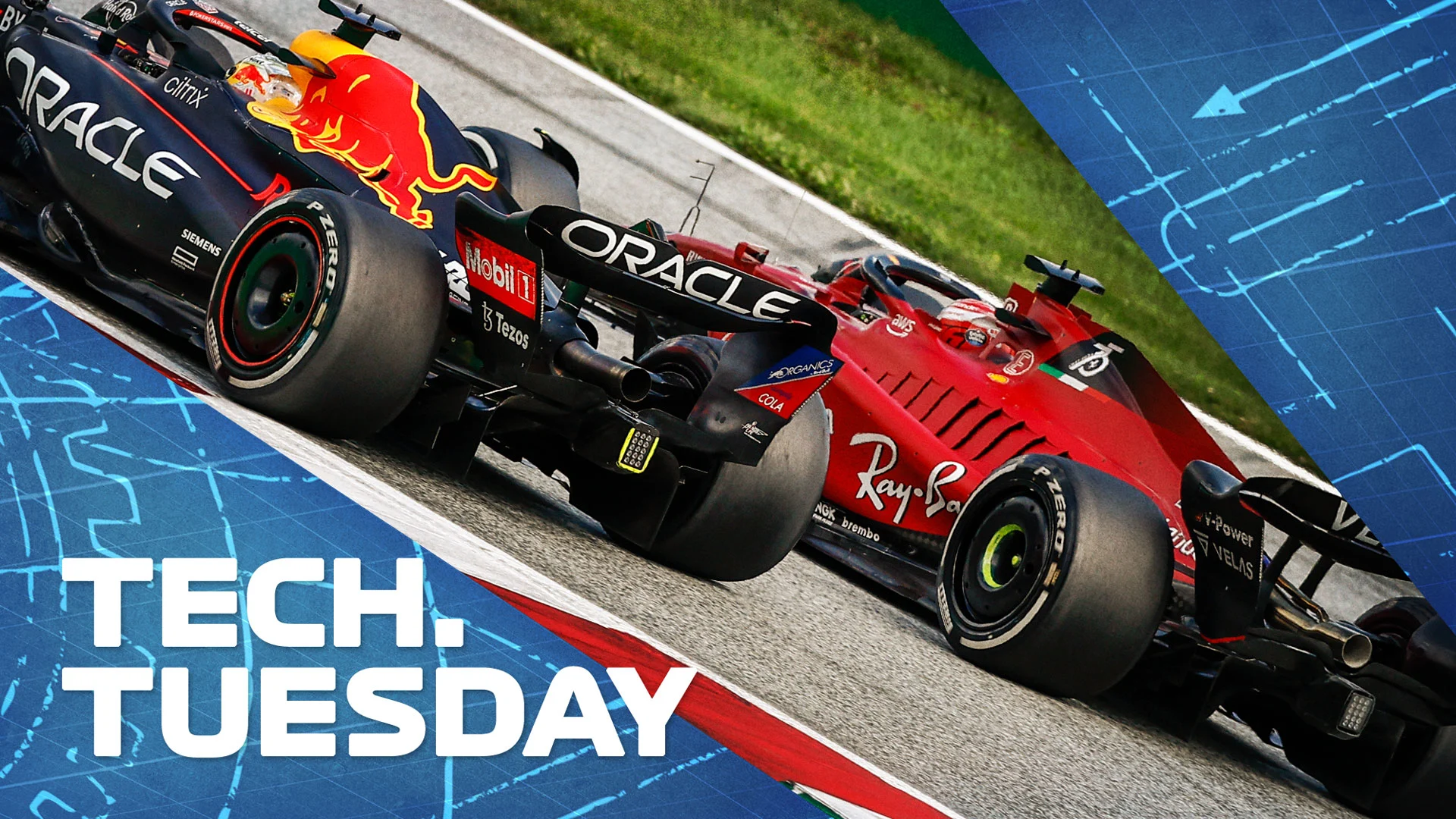
Could the renewed trend under the 2022 regulations of teams to enhance their rear wing performance with exhaust and wastegate gases be a contributory reason for the spins of Charles Leclerc in France and Max Verstappen in Hungary? F1.com technical expert Mark Hughes investigates...
An often-overlooked part of an F1 car’s aerodynamics is the interplay between diffuser, beam wing, exhaust and wastegate exits.
Some years ago, when the beam wing had been banned, teams were finding big compensating performance gains by directing the exhaust flow to the underside of the rear wing. This would have the additional effect of pulling the airflow around it in that direction too.
The more flow to the underside of a wing, the greater the air pressure difference between its upper and lower surfaces and therefore the greater the downforce.
The FIA then stepped in and stipulated a longer exhaust outlet relative to the rear wing and a maximum angle for the exhaust outlet pipe, so reducing the effect.
Those restrictions are still there in the current regulations introduced this year but now the beam wing is back, and so it has become possible once more even within those exhaust restrictions to get an enhanced aero effect from the exhaust.
The drawings below use the Red Bull’s arrangement of exhaust, beam wing, wastegate and diffuser as an example. With the exhaust angled upwards by the maximum permitted, even though its exit is almost level with the lower element of the beam wing, there will likely still be a powerful effect, pulling the airflow up towards the underside of the main wing.
TECH TUESDAY: A closer look at the FIA’s 2023 rule tweaks aiming to banish bouncing
An interesting detail is that the wastegate pipe is directing its gas directly over the top of the diffuser. This will help the diffuser’s performance when the wastegate is in use. But the wastegate will tend only to be in use when the driver is off-throttle, as it is used to dump excess gases from the turbo.
Red Bull recently re-arranged their beam wing so that the upper element was routed below the exhaust rather than above. This will have likely enhanced the aerodynamic power of the whole exhaust/wing arrangement.
TECH TUESDAY: Analysing Red Bull's radical updates for the British Grand Prix
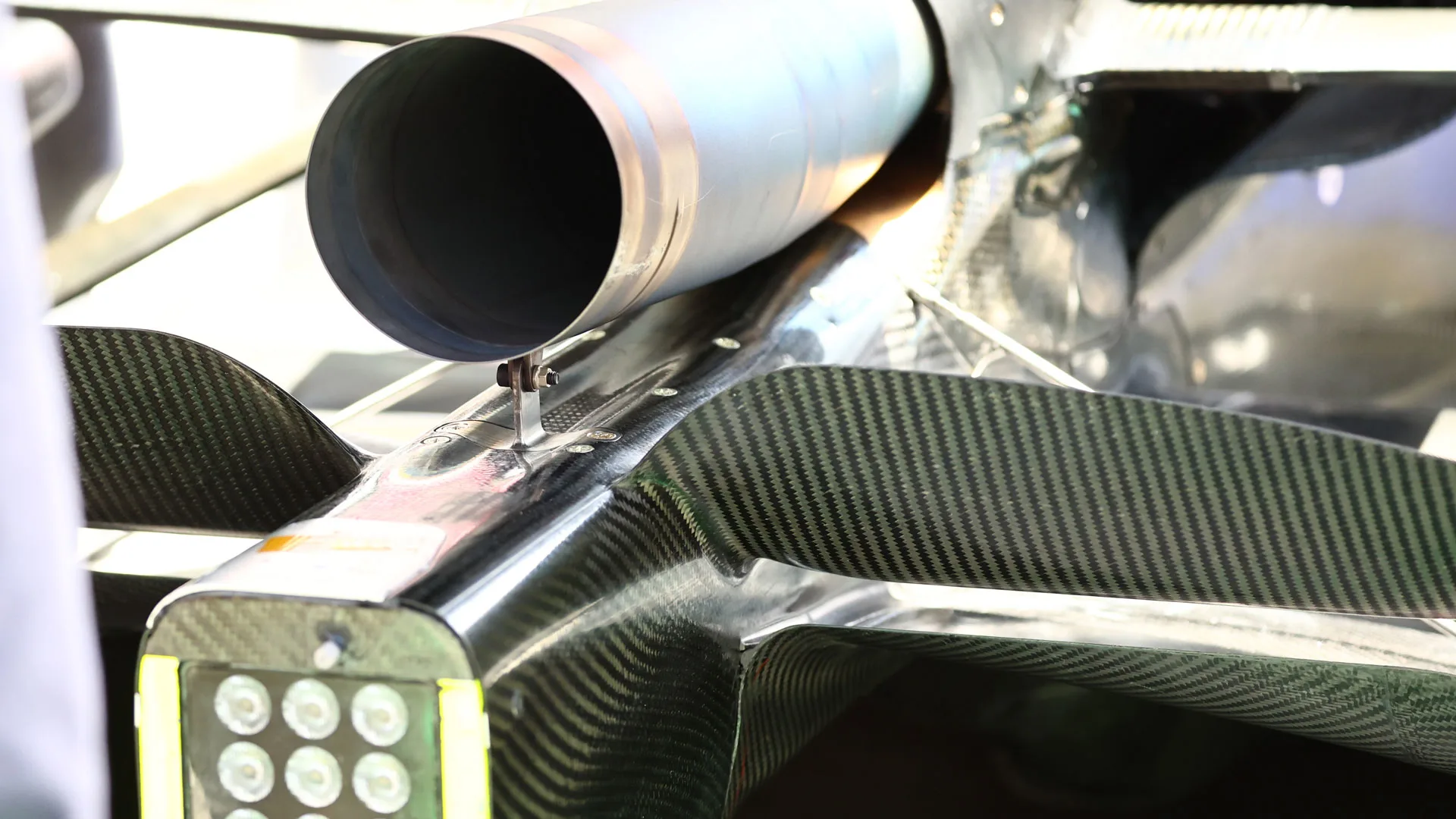
In France we saw Leclerc spin at roughly the point in Turn 11 where he would be getting back on the throttle.
In Hungary we saw Verstappen spin as he got more heavily on the throttle out of Turn 13.
Could it be that the wastegate-boosted aero has become so effective that there is a momentary significant downforce drop as the driver stands on the gas at just the moment the tyres are fully loaded up?
Next Up
Related Articles
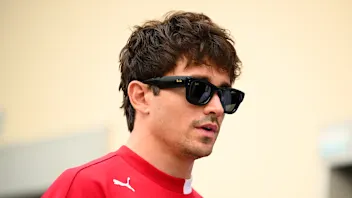 Leclerc calls Ferrari’s focus shift to 2026 a ‘no-brainer’
Leclerc calls Ferrari’s focus shift to 2026 a ‘no-brainer’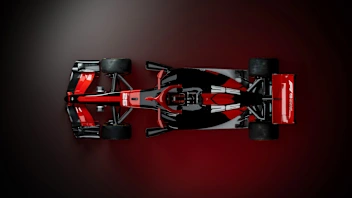 Everything you need to know about F1's new rules for 2026
Everything you need to know about F1's new rules for 2026 ExclusiveHow Norris made his school teachers ‘enormously proud’
ExclusiveHow Norris made his school teachers ‘enormously proud’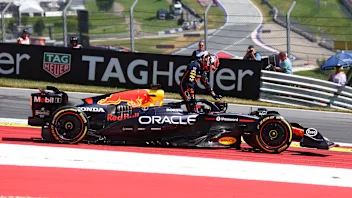 ‘I hated this car at times’ – Verstappen on his 2025 season
‘I hated this car at times’ – Verstappen on his 2025 season Celebrating the first F1 Allwyn Global Community Awards
Celebrating the first F1 Allwyn Global Community Awards Verstappen confirms new number for 2026 season
Verstappen confirms new number for 2026 season